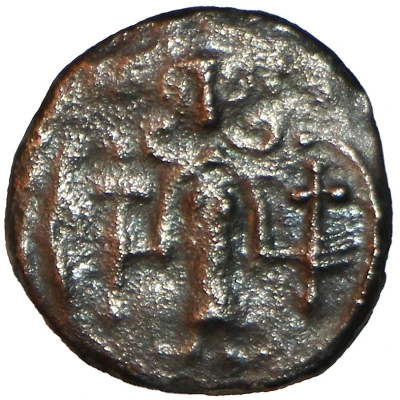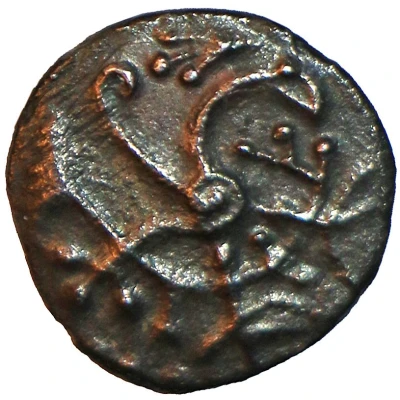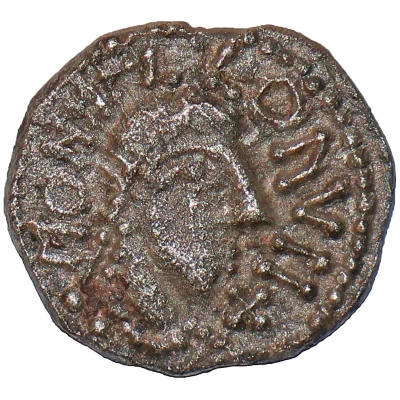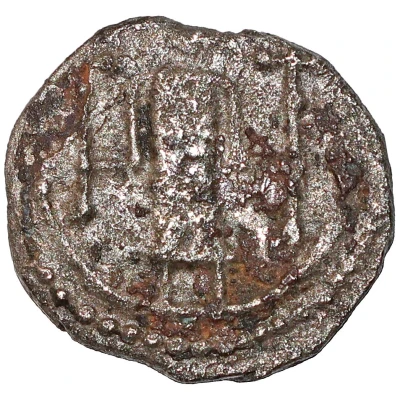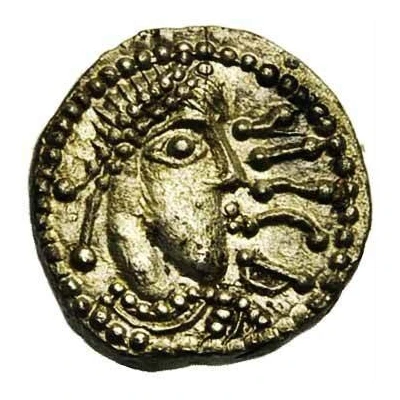
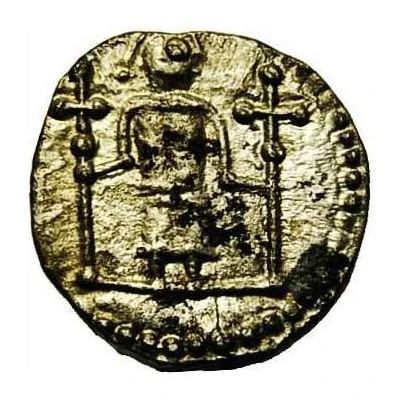

© Jean Elsen & ses Fils s.a.
Sceat 'Carip' group
| Silver | 0.97 g | - |
| Issuer | Early Anglo-Saxon (Kingdoms of British Isles and Frisia) |
|---|---|
| Type | Standard circulation coin |
| Years | 710-760 |
| Value | 1 Sceat |
| Composition | Silver |
| Weight | 0.97 g |
| Shape | Round (irregular) |
| Technique | Hammered |
| Demonetized | Yes |
| Updated | 2024-10-09 |
| Numista | N#115034 |
|---|---|
| Rarity index | 97% |
Reverse
Facing image of person holding two crosses
Comment
Early Anglo-Saxon period (600-775), Sceatta coinage (c.675-c.760), Eclectic Sceattas (c.710-c.760), 'Carip' group. Abr. 26Eclectic sceattas are groups of types, related often by a common reverse motif (Triquetras, Celtic cross, interlace, saltire, annulet cross groups and Type 70) that do not easily fit into the main alphabetical classification of the secondary phase, even though there may be some features in common with or derived from the types therein.
Interesting fact
One interesting fact about this coin is that it features a unique blend of Christian and pagan imagery. The obverse (front) side of the coin depicts a cross, which symbolizes the Christian faith, while the reverse (back) side features a stylized animal, which is a common motif in pre-Christian Anglo-Saxon art. This blending of religious symbols reflects the cultural and religious shifts that were taking place in Early Anglo-Saxon society during the 8th century.
